In the field of custom injection molding, thorough processing of customer data is the foundation of successful project execution. Accurate collation and inspection of client-provided information ensures that the subsequent mold design and manufacturing processes proceed smoothly, minimizing errors and reducing costly revisions. This comprehensive guide outlines the systematic approach to handling customer data in custom injection molding projects, from initial receipt to final verification.
The following procedures have been developed through years of industry experience, creating a mature framework that balances attention to detail with operational efficiency. By adhering to these standards, custom injection molding professionals can ensure that all client requirements are clearly understood, properly documented, and effectively implemented throughout the production cycle.
1. Detailed Customer Information
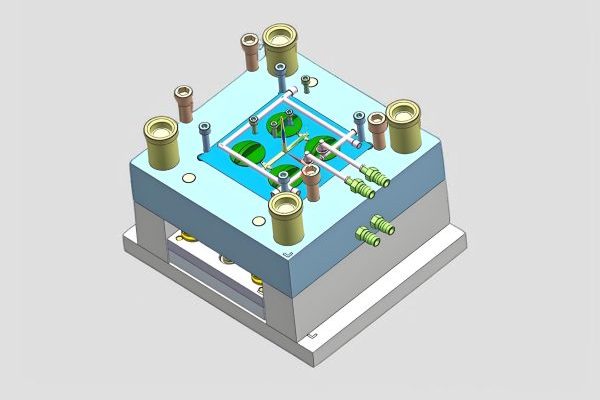
Technical Drawings
3D and 2D models or drawings of the plastic components are essential for custom injection molding. These files provide the fundamental geometry needed for mold design and production planning.
The quality and detail of these drawings directly impact the accuracy of the final product in custom injection molding processes, making them the cornerstone of any project.
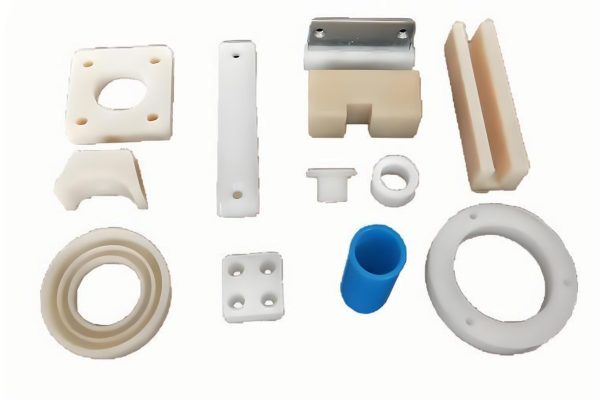
Material Specifications
Detailed information about the plastic material, including its shrinkage rate, is critical for custom injection molding. Different materials behave differently during the injection molding process, affecting both the mold design and production parameters.
Accurate shrinkage rate data ensures that the final product dimensions meet specifications in custom injection molding projects.
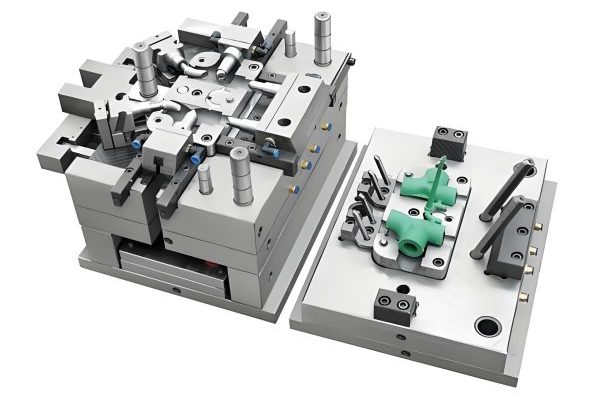
Appearance & Precision Requirements
Customer specifications regarding surface finish, color, texture, and dimensional tolerances must be clearly documented for custom injection molding. These requirements influence mold material selection, polishing processes, and quality control measures.
In custom injection molding, meeting appearance standards is often as important as functional specifications, particularly for consumer-facing products.
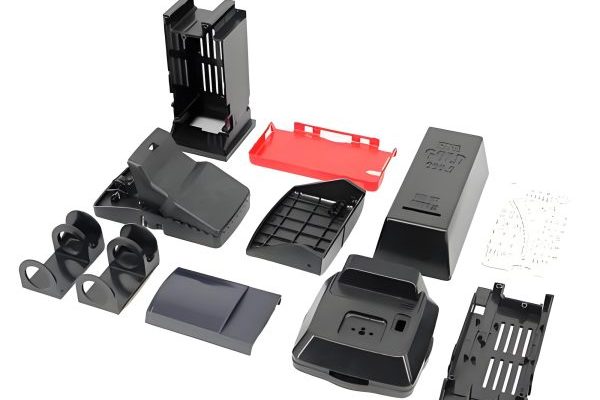
Assembly Requirements
Information about how the plastic part integrates with other components is vital in custom injection molding. Critical assembly dimensions, fit requirements, and interaction points must be clearly defined to ensure proper functionality in the final product.
Understanding assembly relationships helps prevent interference issues and ensures proper functionality in custom injection molding projects.
Production Requirements
For successful custom injection molding, customers must provide detailed production specifications including:
- Injection molding conditions such as temperature, pressure, and cycle time requirements
- Production volume expectations and delivery schedules
- Specific injection molding machines to be used, if applicable
- Any special packaging, labeling, or handling requirements
Upon receiving the design task and customer plastic part data, the mold design supervisor must, in accordance with mold design requirements, accurately and comprehensively communicate the information and requirements to each mold designer. Each mold designer then separately organizes and digests the customer information for custom injection molding projects.
This structured approach ensures that all team members have a consistent understanding of project requirements, minimizing errors and streamlining the custom injection molding process from design through production.
2. Organization Content
3D File Conversion
When customer data for custom injection molding is provided in IGES, IDEAS, or other 3D formats, it must be converted to UG or Pro/E solid models. This conversion is essential for ensuring compatibility with the design and manufacturing systems used in custom injection molding.
During this conversion process, any damaged or incomplete surfaces must be repaired to create a watertight 3D model. This step is critical for accurate mold design and simulation in custom injection molding, as even minor surface imperfections can lead to significant production issues.
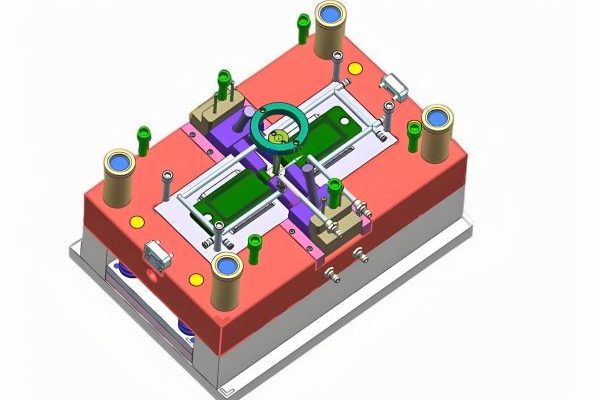
2D to 3D Conversion
If the customer provides 2D drawings or blueprints for their custom injection molding project, these must be converted into detailed UG or Pro/E models. This process requires careful interpretation of dimensions, tolerances, and notes to ensure accurate representation in 3D.
The conversion from 2D to 3D is a critical step in custom injection molding preparation, as it allows for better visualization, interference checking, and simulation of the molding process. Experienced designers must ensure that all details from the 2D drawings are accurately translated into the 3D model to prevent costly mistakes in mold fabrication.
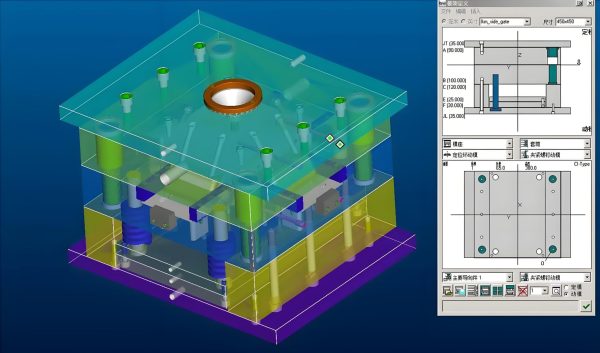
3. Inspection Content
Custom Injection Molding Inspection Process
Mold Parting Line Assessment
Evaluate the direction of mold parting lines and the location of clamp lines left on the plastic part. In custom injection molding, these lines can affect both functionality and aesthetics.
If parting lines might impact the appearance of parts produced through custom injection molding, customer approval must be obtained before proceeding with mold design.
Identify potential injection defects such as shrinkage, flash, or burn marks that could occur in custom injection molding processes based on part geometry.
Injection Defect Analysis
Check for design flaws that would make mold fabrication difficult or impossible for custom injection molding, such as undercuts or insufficient space for mold components.
Side Core & Angle Lifters Evaluation
Assess the position of side cores and angle lifters, which are often necessary in complex custom injection molding projects to produce undercut features.
Evaluate clamp lines created by these mechanisms. If they might affect appearance in custom injection molding, customer approval is required before finalizing the design.
Verify dimensional relationships between mating parts (such as front and back covers) to establish appropriate mold tolerances for custom injection molding.
Interpart Dimensional Verification
Proper tolerance setting ensures that assembled components function correctly when produced through custom injection molding processes.
Draft Angle Assessment
Check if draft angles are specified on the part drawings and verify they are sufficient for proper ejection in custom injection molding.
Special attention must be paid to draft angles for transparent parts, textured surfaces, and shut-off surfaces in custom injection molding to prevent part damage during ejection.
Confirm the font type, content, position, and dimensions for any text elements on the part, with special attention to embossed or debossed lettering in custom injection molding.
Text & Label Verification
Proper verification ensures that text remains legible and meets design intent when produced through custom injection molding processes.
Parting Line Considerations
In custom injection molding, the placement of parting lines significantly impacts both part appearance and mold complexity. The examples below illustrate different approaches to parting line placement:
(a) Part without clamp line but complex parting surface
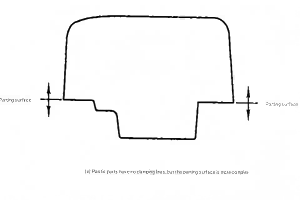
(b) Simple parting line but visible clamp line on part
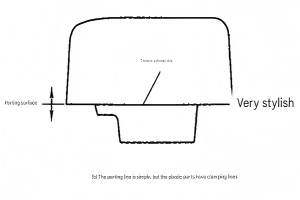
Figure 1-6: Determining parting lines on plastic parts for custom injection molding
Part Design Improvements
Effective custom injection molding requires attention to part design details that can affect moldability and final part quality:
(a) Rib too thick: causes sink marks

Recommended modification
(b) Rib too thin: filling difficulties

Recommended modification
(c) Ensure mold structure strength

Recommended modification
Figure 1-7: Plastic part structure improvements for custom injection molding
Side Core Considerations
For parts requiring undercuts in custom injection molding, side core mechanisms are necessary but introduce design trade-offs:
(a) Simple side core structure but visible clamp line on part
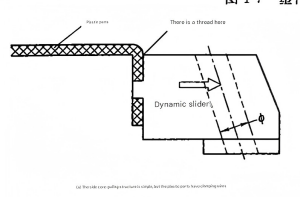
(b) Part without clamp line but complex side core structure
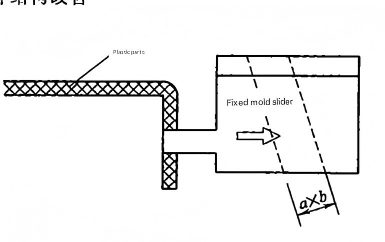
Figure 1-8: Determining side core positions in custom injection molding
Tolerance Conversion & Draft Angles
Proper tolerance setting and draft angles are critical for successful custom injection molding production:
Figure 1-9: Converting part tolerances to mold tolerances
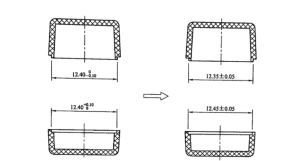
Figure 1-10: Determining draft angles and datums
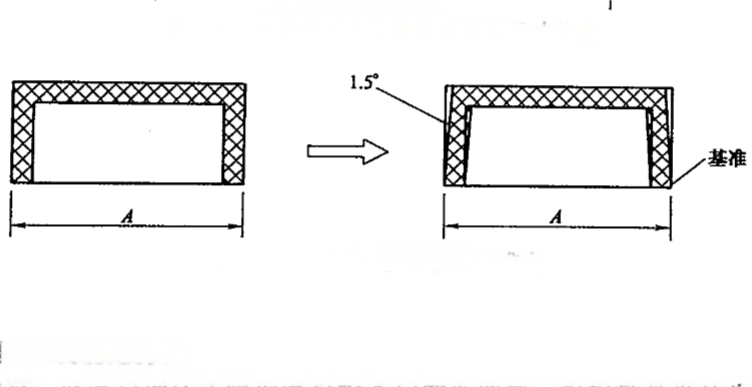
Proper implementation of these specifications ensures consistent quality in custom injection molding.
Inspection Documentation Process
After completing all inspections for custom injection molding projects, each designer compiles their findings into a "Plastic Part (Product) Inspection Form" (in DWG or PDF format). These forms are submitted to the design team leader for compilation.
Documentation Workflow:
- Individual designers complete inspection forms with their findings
- Design team leader compiles all forms into a comprehensive report
- Compiled report is submitted to the mold supervisor
- Mold supervisor sends the report to the customer for review, changes, and confirmation
- Customer feedback is incorporated into revised designs as needed
- Final approved documentation serves as the basis for mold design in custom injection molding
This documentation process ensures clear communication and accountability throughout the custom injection molding project lifecycle. It provides a formal record of design considerations, customer approvals, and technical decisions that guides the entire production process.
4. Modifying Plastic Parts & Determining Solutions
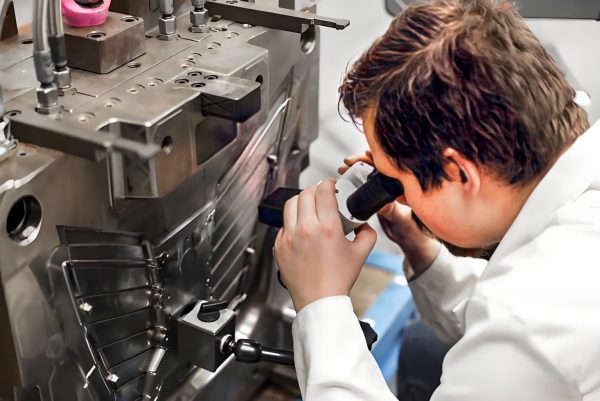
Implementation of Inspection Results
Once customer confirmation is received for the inspection findings or new drawings are provided after customer review, modifications to the plastic parts can begin for custom injection molding production.
This phase represents a critical collaboration point in custom injection molding projects, ensuring that both design intent and manufacturing feasibility are properly balanced.
Effective communication between design teams and customers during this stage minimizes rework and ensures that the final product meets all requirements for custom injection molding production.
Typical Modifications
Modifications for custom injection molding may include:
- Adjusting draft angles to ensure proper ejection in custom injection molding
- Modifying undercut structures to simplify mold design for custom injection molding
- Optimizing wall thickness for consistent filling and cooling in custom injection molding
- Redesigning features to prevent potential injection defects in custom injection molding
- Adjusting rib designs to eliminate sink marks in custom injection molding
- Modifying part geometry to simplify mold construction for custom injection molding
Confirmation & Approval
Modified plastic parts for custom injection molding typically require submission to the customer for confirmation. This step ensures that design changes do not compromise the part's intended functionality or appearance.
In cases where significant modifications are necessary for custom injection molding, the mold supervisor should convene a meeting with the design team leader and all designers to discuss and develop a detailed plan for mold production.
This collaborative approach ensures that all aspects of the custom injection molding process are considered, from material selection to production scheduling, resulting in a comprehensive plan that addresses both technical requirements and business objectives.
Mold Design and Production Workflow
| Stage | Responsible Department/Person | Related Documents/Records | Approval Process |
|---|---|---|---|
| Product Design | R&D Center/Customer | Component 2D and 3D drawings | Customer approval |
| Mold Requirement Documentation | Product Engineering Department | 《Mold Opening Application Form》 | Engineering manager approval |
| Parting Design | Mold Design Engineer | 《Parting Table》 | Design team leader review |
| Structure Review | Mold Engineering Department | 《Mold Structure Final Review Record》 | Cross-departmental approval |
| Mold Structure Design | Mold Design Engineer | Mold 3D and 2D drawings | Design team leader approval |
| Mold Part Design | Mold Design Engineer | Mold part 2D drawings | Peer review |
| Process Review | Follow-up Engineer/Mold Fitter Supervisor | 《Mold Structure and Processing Technology Review Record》 | Technical team approval |
| Mold Drawing Inspection | Mold Design Team Leader | 《Mold Drawing Inspection Record Form》 | Pass/Fail (NG) decision |
| Proofreading and Control | Mold Engineering Department Clerk | 《Document Data Control Procedure》 | Document control approval |
| Approval | Mold Engineering Department Manager | Approved drawings package | Final management approval |
| Procurement | Purchasing Department | 《Mold Base Purchase Order》, 《Material Purchase Order》, 《Mold Bill of Materials》 | Purchasing approval |
| Drawing Distribution | Mold Engineering Department Clerk | Distributed document records | Distribution confirmation |
This structured workflow ensures that each phase of custom injection molding production is properly documented, reviewed, and approved, maintaining quality standards throughout the process.
Ensuring Excellence in Custom Injection Molding
The systematic collation, inspection, and modification of customer data forms the foundation of successful custom injection molding projects. By following these established procedures, manufacturers can ensure that each mold is designed and built to precise specifications, resulting in high-quality plastic parts that meet or exceed customer expectations.
Attention to detail in every stage of the process—from initial data collection to final design approval—minimizes errors, reduces production delays, and ensures cost-effective manufacturing in custom injection molding operations. This commitment to quality and precision is what distinguishes leading custom injection molding providers in today's competitive manufacturing landscape.